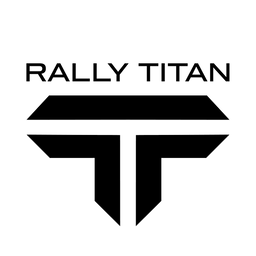Pickleball Techniques to have Competitive Edge:
Show up for the serve. This is the one stroke you can control, from the toss, to timing, to speed. When serving, keep these tips in mind.
- Toss the ball in the same spot every time for consistency and accuracy.
- Keep your contact point below the waist.
- Establish a routine and relax.
- Depth over power is preferred (both is best)! The deeper your serve, the longer it takes for the returner to get to the kitchen line.
Return for a reward. Your goal is to make it hard for your opponent to drive or drop of the third shot.
- Take a short backswing and long follow-through for consistent, deep returns.
- Make adjustment steps to get your body in position. Elbow should be slightly bent and contact out in front.
- Get your body set before you hit, then move forward after contact.
Utilize the third shot drop. For those hard hitters, this one’s extra important for you! Third shot drops are essential in pickleball. It gives you time to move up to the kitchen line (where you should be winning the majority of points!) and puts pressure on your opponent to make a decision.
- Body weight is forward and contact point is directly out in front.
- Aim 3 feet above the net.
- Hold a loose grip so the ball doesn’t bounce high when it lands on the other side of the net.
- Think less backswing, long follow-through.
- Guide the ball with your shoulder, using little to no wrist action as possible.
Drive with a purpose. Drives are a great way to mix up the pace and get an easier fifth shot to drop.
- Hit a drive if the ball is too deep to hit a drop, or when can step into your shot.
- Keep your drives low.
- Aim down-the-line or through the middle.
Dink, dink, and dink some more. This dink is arguably the most important shot of the game. Your goal is to set you and your partner up to hit a winner.
- Follow through to ready position.
- Ready position is paddle up, with the edge of the paddle facing you/your opponent. Keep your elbows away and in front of your body.
- Contact the ball directly in front on your body—not to the side of you.
- NEVER take the paddle back. Move your body back, (not the paddle) if the ball is hit deep.
- High percentage shots are typically crosscourt.
- Keep your grip light and push the ball with the weight of your body.
Look to attack. The work you put in with getting to the kitchen line and hitting dinks is to set yourself up for an attacking shot.
- Go with the green, yellow and red-light method.
- Green light: When a ball pops up above the shoulder and you can hit down on your shot. Attack every time but make sure you get your body into position.
- Yellow light: When a ball lands in the kitchen and bounces higher than the net. If you and your partner and in position to hit the next ball back, go for the attack.
- Red light: Any time a you strike the ball below the top of the net. Rarely eve attack this shot.
- Best place to attack is down-the-line. This gives your opponent less time to react to the ball.
Block to stay in beast mode. No one’s perfect. There will be times when you or your partner pop a ball up and need to defend. Stay in the game and be ready to block.
- Retreat and stand your ground on impact. When you see your opponent about to attack, take a couple steps back before they make contact to give yourself time to defend.
- Block the ball in front of your body. Ready position is vital!
- Ball at your body = block with the backhand.
- Block the ball back in the kitchen. This will allow you to reset the point.

